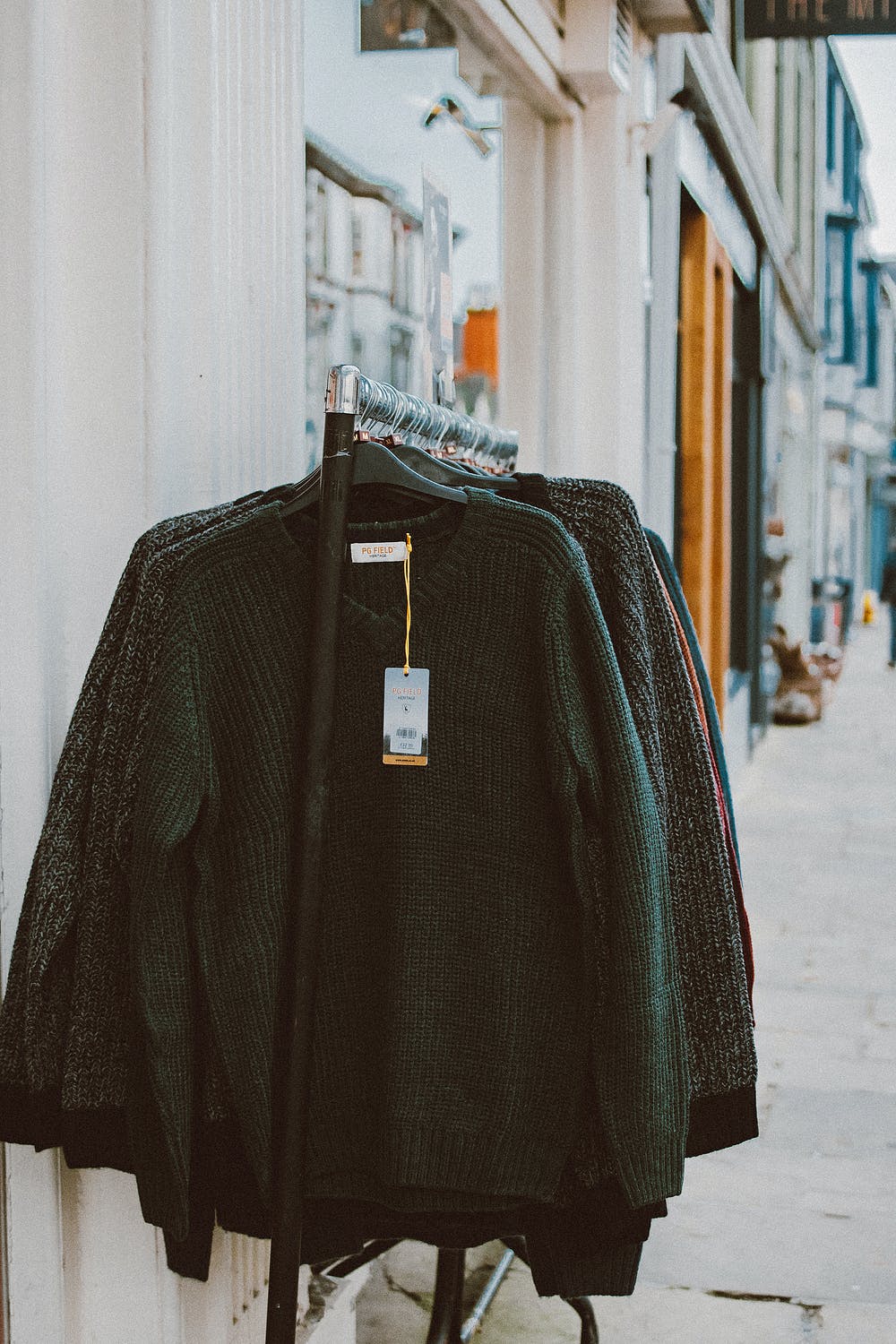Our appetite for fast fashion is killing the planet. But with a constant supply of cheap clothes and the consumers need for a quick fix, will it ever come to an end? Rosie Hedges investigates
The fashion industry has significantly evolved. In the past, production followed the four main fashion seasons: spring, summer, autumn and winter. Nowadays, it is normal for retailers to provide new stock every week to stay on trend. The fashion industry produces 10% of global carbon dioxide every year, and about 1.5 trillion tonnes of water, with Brits throwing away a million tonnes of clothing each year… things have got to change.
'Fast fashion' is a term that has been thrown about frequently in recent years. It refers to very cheaply and quickly made clothing that copies the latest catwalk fashion trends to entice buyers. The brands see what types of styles that consumers want rapidly and then make them as soon as possible to take advantage of the trends. This style of marketing and fashion hasn't been going on for very long, by the mid 2000s, fast fashion really started to come into play, with multiple high street shops selling out, such as Zara, Primark and H&M.
Soon after, the growth of internet shopping only got bigger and bigger, as it intensifies this never-satisfied appetite. It's not surprising that in 2019 sales for the Boohoo group, which consists of Boohoo, boohooMAN, Pretty Little Thing, MissPap and Nasty Gal surged past the £1 billion for the first time.
Pretty Little Thing caused outrage last Black Friday sale in November for selling items as little as 35p.
Fast fashion effects the environment in so many ways that the list is endless. As it stands this moment in time, the fashion industry is accountable for 10% of the worlds carbon emissions. This figure is more than airlines and international shipping produce combined.
Synthetic materials including polyester, acrylic, and nylon are made from crude oil. Crude oil is a fossil fuel that pollutes the oceans, causes oil spills, and releases toxic greenhouse gases into the atmosphere, therefore causing devastating effects to our planet.
Not only this, but clothing production is also the second largest consumer of the international water supply. Due to this, our water resources run extremely low.
Furthermore, majority of the clothing that consumers buy in the UK, whether that's online or in store, is produced outside of the UK and therefore being shipped over, contributing even more to the amount of carbon emitted each year.
There is also a huge level of textile waste, as consumers are so used to buying new things all the time that most of it gets binned after a couple wears.
Thrift shopping
The most obvious way to stop consuming fast fashion brands would be to shop from second hand sellers. This could be from a variety of places such as charity shops, vintage stores and online used clothing sites such as eBay and Depop. It's a great way to support shopping more sustainably and chances are you'll find something that no one else will have, with it also being extremely affordable if you look in the right places.
Slow fashion
'Slow fashion' companies are brands that prioritise the environmental factors and fair treatment of their workers, meaning they are considerably "slower" than fast fashion brands. This ultimately means that they produce far fewer styles than fast fashion brands and tend to release clothing at the traditional four-season model that was popular before the 2000s. This means that their workers get paid fairly and that more sustainable materials are used to make the clothes. Therefore, the clothes are priced more highly but also have much better quality and will last you a long time, rather than cheaply made clothes that you'll need to replace every few months.
Supporting sustainable clothing lines
So called "conscious" lines have become more and more popular in recent years since people started realising the negative effects of fast fashion. Big high street shops like H&M and Topshop have made more of an effort to bring out clothing that use more sustainable fabrics and last better. These pieces are more pricey than normal so it begs to differ the argument of ruling out the working class from being able to buy the more environmentally friendly items, and making them feel they have no choice but to shop at places like Primark. Retailers should find the right balance of affordable and sustainable so that everybody can be involved.
Build a capsule wardrobe
The term capsule wardrobe is the idea of having a smaller amount of garments that all harmonise well together due to their colour and style. Don't we all have those days where we just have nothing to wear but so many clothes? Capsule wardrobes are about getting rid of all of the clothes that you barely wear and don't rally like and editing your wardrobe down to just your favourite and classic pieces. If you don't love something, think about donating it or selling it, so that it goes to another home and it minimises your wardrobe too. In the end, you'll be left with a core group of clothing and accessories that will stimulate you to be intentional in your purchasing habits, rather than just buying something that's trendy for a short time that'll soon never be worn again. Overall, a capsule wardrobe will promote more conscious consumer habits whilst ensuring that you are always wearing something that you love.
Cutting out all fast fashion brands overnight is just unrealistic and not what's expected of you to help out. Everyone should just try and be a bit more conscious of things they are buying and maybe think to yourself "do I really need this?" before purchasing your 15th pair of blue jeans. Even if everyone just tired to incorporate a few things from this article into their spending habits, it would make a much bigger difference than you'd imagine.

